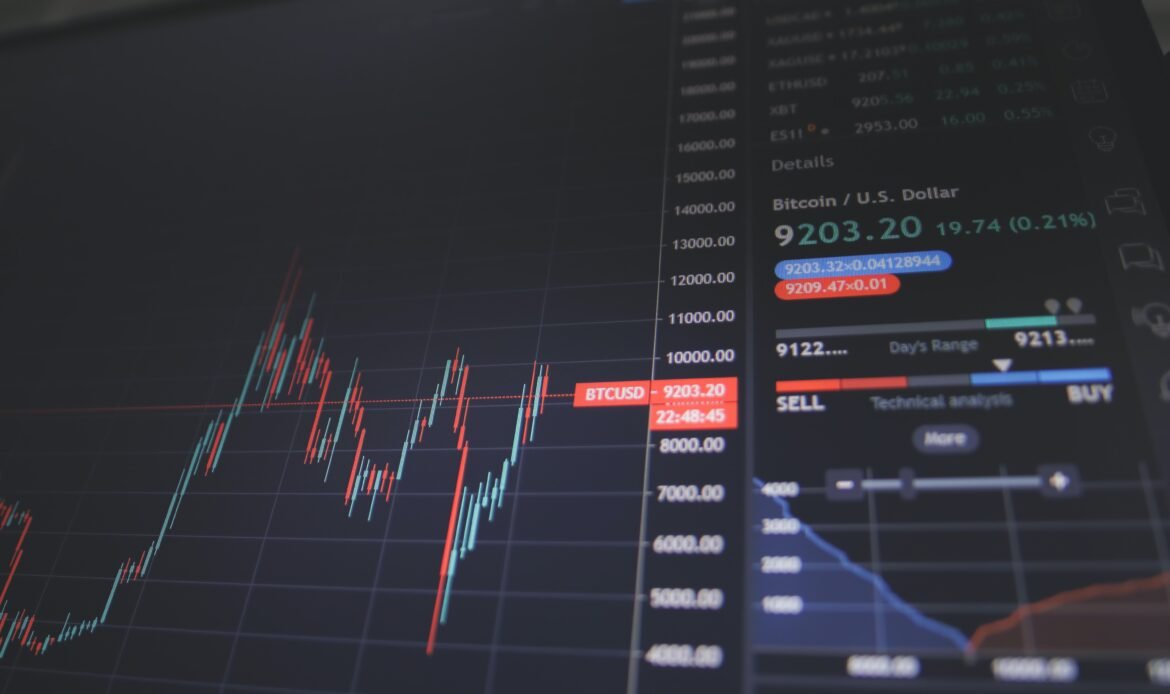Crypto prices remain flat ahead of the FOMC’s rate decision.
Good morning. Here’s what’s happening:
Prices: Crypto prices continue to remain flat as traders a traders await the FOMC’s decision on interest rates.
Insights: Monetary liquidity expectations are one driver moving crypto markets these days, though not in the way many think – even if easing is around the corner, liquidity is tight, argues CoinDesk columnist Noelle Acheson.
Good morning Asia.
Crypto markets are once again fairly flat as traders await the next release from the Federal Open Market Committee (FOMC).
Bitcoin is up 0.1% in the last 24 hours to $28,163 while Ether is up 1.5% to $1,794.
Meanwhile, Dogecoin is one of the market’s fastest moving tokens, up 4% in the last 24 hours.
The U.S. Dollar Index (DXY) is coming close to a five-week low at 103.19.
One observation that’s been made is how the biggest stackers of sats appear to be the mini-whales, with wallets that hold greater than 10 bitcoins. This co-hort is growing faster than the mega-whales, or those with a bitcoin balance greater than 10,000 bitcoins.
This suggests that there’s a new level of conviction forming for crypto, in light of macroeconomic events.
Overall trading volume continues to be flat across the market as traders await the FOMC’s next announcement on interest rates. Stocks are also flat ahead of the Fed’s policy decision.
Prediction markets are pricing in an 85% chance of a 25 bps increase after the March meeting, while survey results from CME’s FedWatch put that number at 89%, up from 69% a week ago.
A CNBC survey shows that traders now have mixed opinions about Fed rate hikes with only 52% saying that the Fed should hike rates.
It remains to be seen how this new group of sats stackers will react if the Fed slows interest rates as the year progresses.
Insights
Bitcoin and the Liquidity Question: More Complex Than It Seems
By Noelle Acheson
Three years ago this past weekend, markets were reeling from a particularly bad week. The S&P 500 had lost almost 17% of its value, the Dow Jones Industrial Average had suffered its worst one-day drop on record, and bitcoin (BTC) had plummeted over 50% to just below $4,000 before recovering slightly. The number of COVID-19 cases was rocketing up around the world; New York City was closing all bars, restaurants and schools; in Spain, we were several days into lockdown. Things were looking bad.
The financial machine was springing into action. On March 15, 2020, the U.S. Federal Reserve slashed its benchmark interest rate by 100 basis points to almost zero and committed to boosting its bond holdings by at least $700 billion. The message was one of “we’ll do whatever it takes,” and it worked. The global economy staggered and then limped, but markets soared.
That week made history on so many levels. It also unleashed a wave of armchair virologists on Twitter to keep us up to date with every minutia of the COVID threat. We didn’t know it then but that wave set us up for what we’re living through today.
If you’ve spent any time on Twitter over the past week, you’ll have noticed a new breed of liquidity experts telling us that the Fed’s actions over the past few days mark a reversion to quantitative easing (QE) and/or a pivot. In 2020, more of us got into the habit of getting our news from Twitter, regardless of the quality. Fast forward three years and we have a similar mindset: New liquidity pontificators are trying to teach bona fide experts, and disinformation blends with nuance to create an uncomfortable mix of hope, distrust and confusion.
Superficial social media analysis aside, the events of three years ago also set us up for what we’re going through today on a more serious level. The liquidity that the Fed would inject into the economy in 2020-2021 created an easy money environment that pushed up asset values, flooded startups with eager venture capital funding and loaded bank balance sheets with low-yielding government bonds as well as some riskier securities. It also ended up fuelling the steepest increase in consumer prices in over four decades.
This, in turn, triggered the fastest interest rate hiking cycle since the 1980s, which decimated asset prices and destabilized the equilibrium between bank assets and liabilities. The crisis that began in 2020 as the pandemic introduced unprecedented stimulus entered a new phase three years later almost to the day, with the closure of three U.S. financial institutions in the space of a week and the disappearance of a 166-year-old global systemically important bank (Credit Suisse) as a separate organization.
As it tends to do when faced with banking system strain, the Fed has again jumped into action. To make more funds available to meet withdrawals, two Sundays ago it announced the opening of a new financing facility called the Bank Term Funding Program (BTFP). This enables banks to deposit government debt as collateral in exchange for a loan of 100% of its face value, even if the collateral market value is much lower.
Here is where the crypto market started to get excited. From a local low of $19,700 on Friday, March 10, BTC went on to soar 42% to over $28,000 nine days later. (Stock and bond markets also rallied, but by insignificant amounts in comparison.) Crypto Twitter celebrated the end of monetary tightening, the onset of a new QE and the dawn of a new bull run.
This article was originally published by CoinDesk.



